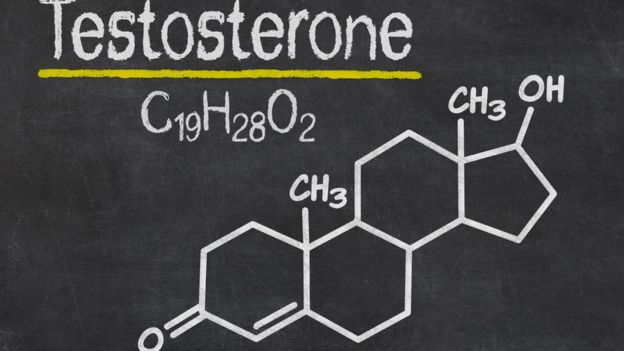
Exogenous testosterone decreases serum levels of high-density lipoprotein cholesterol (HDL-C) in men, but whether this reflects altered HDL function is uncertain.
- Healthy men (n=45, 19-55 years of age) were rendered medically castrate with the GnRH antagonist acyline for 4 weeks and administered either 1) placebo gel, 2) low-dose testosterone gel (1.62%, 1.25 g), 3) full replacement dose testosterone gel (5 g) or 4) full replacement dose testosterone gel with an aromatase inhibitor.
- At baseline and end-of-treatment, serum total and ABCA1-specific CEC were quantified, and HDL particle size and concentration were measured through calibrated ion mobility analysis.
- As expected, a significant time-by-group interaction was observed for serum levels of HDL-C, with significant increases in HDL-C evident after both complete and partial testosterone deprivation.
- However, serum testosterone level was not associated with changes in CEC. In contrast, change in serum 17β-estradiol level exhibited an inverse association with ABCA1-specific efflux (β=-0.48 per 10 pg/mL change in serum 17β-estradiol, p=0.002).
- Change in l-HDL-P% correlated inversely with change in serum testosterone level, but positively with change in serum 17β-estradiol level (β=0.50 per 10 pg/mL change in serum 17β-estradiol, p=0.001).
Testosterone-mediated changes in serum HDL-C may not reflect changes in HDL CEC. Testosterone and estradiol both may contribute to the regulation of HDL particle size in men.
“Testosterone and Estradiol Mediate Discrete Effects on High-density Lipoprotein Particle Size and Sterol Efflux Capacity in Healthy Men,” Circulation,2017, 136 http://circ.ahajournals.org/content/136/Suppl_1/A14585






